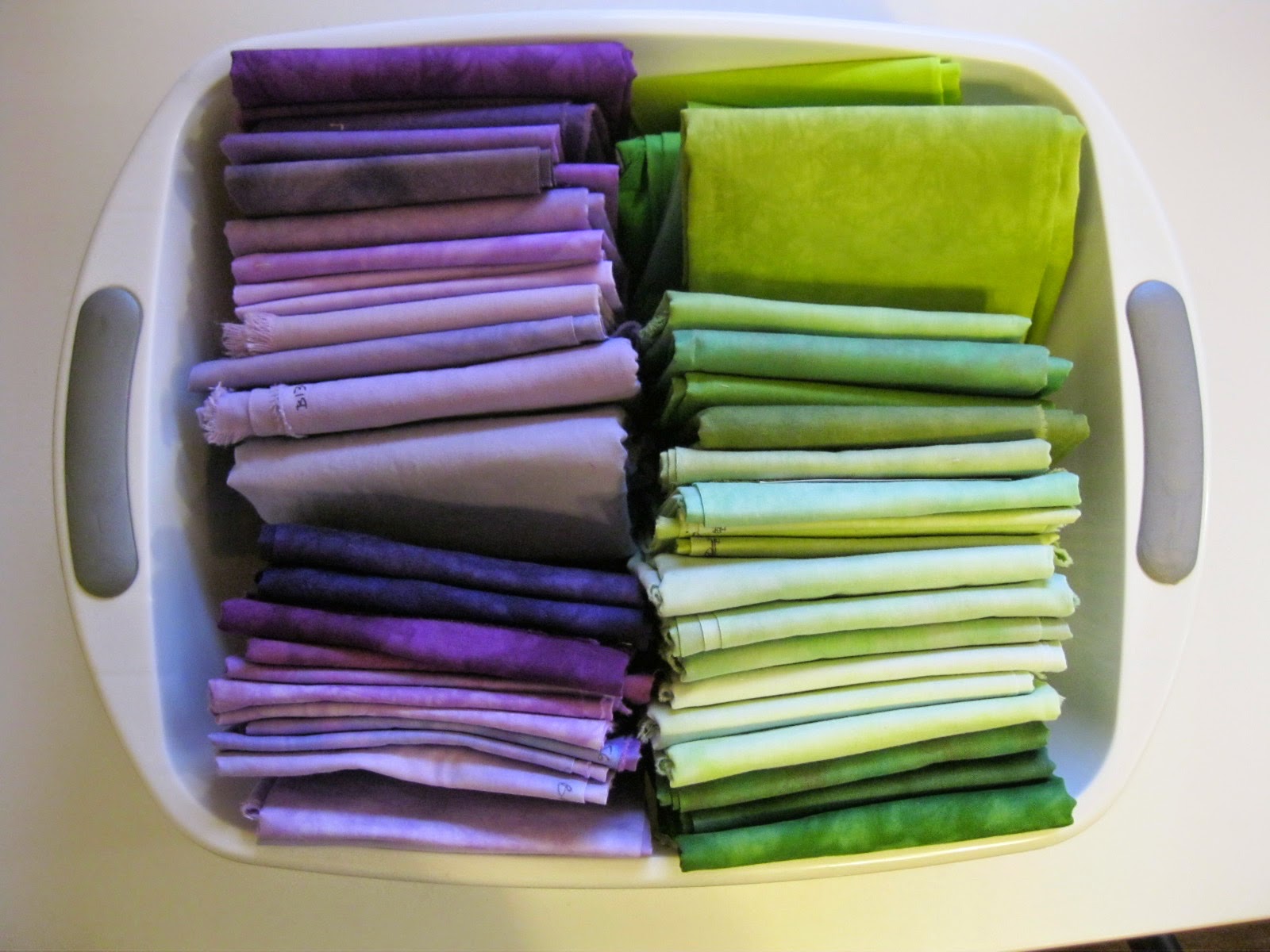My blog has been silent for a few months, as I was spending more time than usual on some travel, a workshop at the Crow Barn, and then an unexpected month-long stint back working at the college, substituting for someone who took an unexpected leave. What time I had for my own work, I spent sewing rather than writing about sewing. I did line up topics for several posts, and I hope to know come back to them and catch up.
Good news from
QuiltCon also pushed me to the computer. This is the second time the Modern Quilt Guild has put on a national convention/exhibition. In 2012, I submitted three quilts, none of which were accepted. This year I submitted another three, two of which were accepted; the show will be in February. The quilt that wasn't accepted was
Regret, not too surprising, as it is more an "art quilt" than a "modern quilt," though the line between these is pretty hazy. (And not a debate I'm interested in getting involved in.) I haven't yet posted about either of the two quilts that were accepted. One of them is an improvisational quilt, done as part of a call for quilts by Sherri Lynn Wood. She is publishing a
book on improvisational quilting, and she wanted quilts by others to use as illustrations of her methods. The quilt I made was accepted for publication in her book, and part of the agreement is that I would wait to blog about it until the book comes out. That will happen in February, so you'll see a post or two about that quilt in a couple of months.
The other quilt accepted in the show is called "Self-Portrait, Year 2: Beneath the Surface." It is a large, conceptual piece (68" x 94"). It goes back to my experience of being in the second year of mourning the death of my son. At that point, the persistent
sense of grief and loss that had become the underlying condition of my life had become invisible to others. From the outside, all looked normal. But
underneath the surface, a fundamental change in identity was being shaped. I ended up expressing this condition with a two-sided quilt. One side is a dusky lavender, presenting the apparently calm surface. (Only after choosing the color, did I learn from Claire Leeds that lavender was the Victorian color of mourning, allowed after black had been worn for a period of time.) The other side--"beneath the surface"--presents a bold black and white statement. I've asked for the quilt to be hung at QuiltCon so that both sides show.
First, the lavender side, which looks empty.
Close up, you can see the machine stitching around the letters on the other side, so the wording is just barely visible, in reverse.
And here's a small portion of the other side, black letters on white.
I don't feel comfortable showing the whole message. It is difficult to look at, something to be seen in person, I think, rather than on a screen. I thought of not posting about this at all, given my discomfort with showing the image, but decided to go ahead and give you at least a partial view.
* * * * *
On the technical side, this was a challenging quilt to make. As often happens, a final piece that looks simple in design was the result of many decisions on multiple fronts. For example, choosing what font to use for the message. I am very satisfied with my final choice (Helvetica Neue Bold), but the choice was made after many weeks of trying out various fonts, reading about typography in general, and about Helvetica in particular--including this
film. The size of font to use was another decision, and then figuring out how to print out letter templates that large. (Thanks much to Tim Stedman of the Knox College Art Department, and to Bill Kerr of
Modern Quilt Studio for their help on all things typographical.) And how to lay out the eight words of the message--could be 4 or 5 lines, with line breaks in various places. Once the design was settled, there were many challenges in the construction of the work.
Because the quilt is meant to be two-sided, and I didn't want a rim of binding around the edge, I used a "
pillowcase binding," which is more usually done on small pieces. I laid out all three layers (top, bottom, batting) on the floor, holding them down with masking tape. Here are the first two layers:
Then the third layer laid on top of those. I used felt instead of regular batting, as I wanted the piece to be quite flat after the quilting.
Then all the layers had to be squared off and trimmed, doing all this moving around on my hands and knees.
After the sandwich was stitched and turned, I needed to mark the quilting lines. I needed something 8 feet long, rigid and straight. Wooden molding was not straight enough, so I found a heavy strip of metal at Lowes that worked. I used this to mark the placement of the rows (a marker worked well on the metal), and then I also used it as a guide to mark the lines, running a hera marker along the edge.
Looking through my photos, I found this one (below) of early quilting trials. I'd forgotten that I considered quilting horizontally rather than vertically. I also tried out various spacings for the vertical lines. I ended up using a spacing just a little narrower than the width of the letter elements.


























